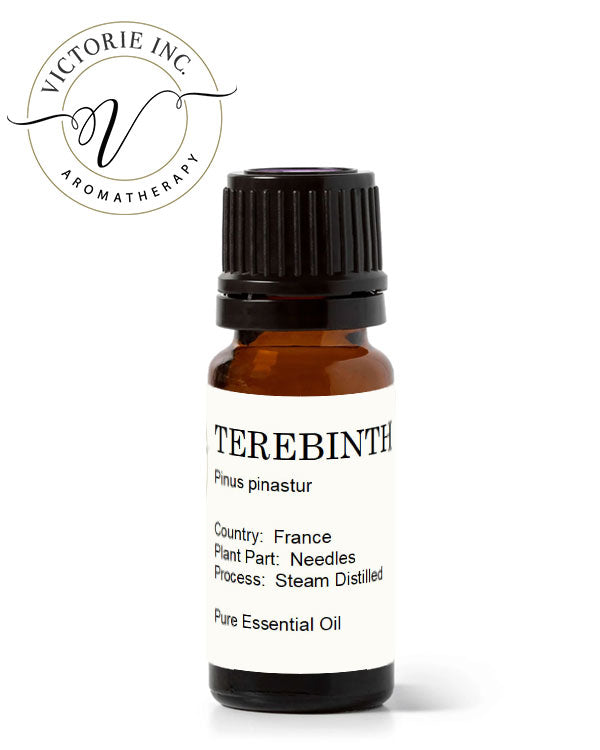
Terebinth Essential Oil
Terebinth Essential Oil
Scientific Name: Pinus pinaster
Country of Origin: France
Distillation Method: Steam Distillation
Plant Part: Needles
Perfume Note: Top
Terebinth trees grow in the Valley of Elah, which is mentioned in the Bible. The valley is named after these trees, which are native to the area. This also the valley where David fought Goliath.
The terebinth is mentioned in the Hebrew Scriptures (Old Testament), where the Hebrew word elah is used, although the word is sometimes translated as 'oak'. The scholars are not totally certain of the correct translation. We will let you research this and come to your own conclusion.
The tree is a strong and can survive harsh conditions.
Terebinth has a pine like aroma.
Blending Suggestions: Citrus Oils, Bergamot, Cedarwood, Frankincense, Juniper, Lavender, Myrrh, Rosemary, Sandalwood, and Tea Tree.
Suggested Oil Uses & Properties for External Applications:
Anointing Oil, Meditation, Perfume, Room Fragrance, Diffuser
Balancing, Calming, Ease Transitions
Anti-inflammatory, Analgesic, Antispasmodic, Sedative
Safety:
Hazards: Skin sensitization if oxidized; chronic inhalation may be asthmagenic.
Cautions: Old or oxidized oils should be avoided. Cautions (dermal): Hypersensitive, diseased or damaged skin, children under 2 years of age.
Tisserand, Robert; Young, Rodney. Essential Oil Safety: A Guide for Health Care Professionals (p. 1808). Elsevier Health Sciences. Kindle Edition.
Storage: Store in a dark colored bottle out of direct sunlight.
Scripture References
Isaiah 1:29-30, Isaiah 6:13, and Genesis 18:1 and others.
This information has not been evaluated by the Food and Drug Administration. This product is not intended to diagnose, treat, cure, or prevent any disease. For educational purposes only.

